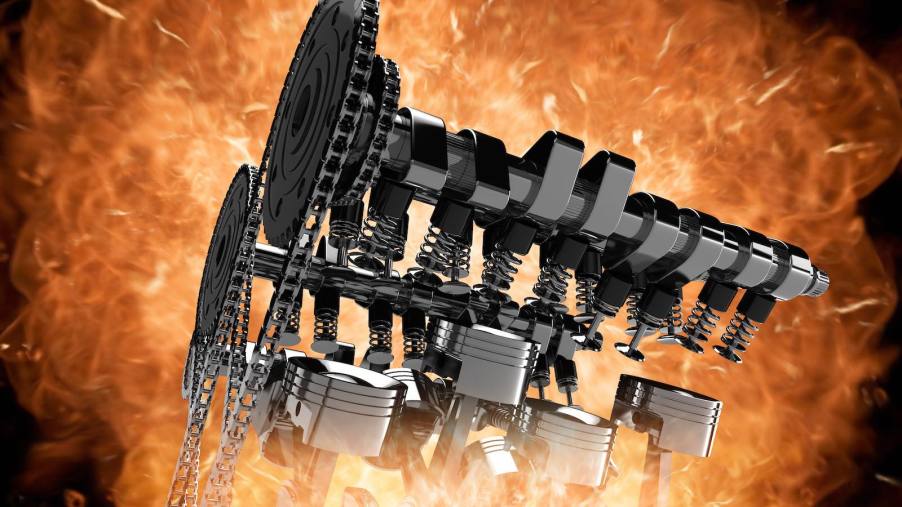
Is a Runaway Diesel Engine as Scary as It Sounds?
The videos are dramatic: heavy duty trucks revving as high as sports cars until they literally shake themselves apart and their engines explode into a ball of flame. Diesel engine runaway is no joke. And yes, it can be as scary as the name sounds.
If you know one thing about diesel engines, it’s that they run on diesel fuel instead of gasoline. If you know two things about diesel engines, you probably also know they don’t have spark plugs. Instead, they use very high compression to ignite a mixture of air and diesel fuel in their cylinders. As a result, you need to shut off their fuel flow to shut them down. And when you can’t do this, they run away.
A runaway diesel engine is still getting some form of fuel mixing with the air in its cylinders, even after the driver has shut it down. This can be a problem with the fuel delivery system that prevents it from shutting down and keeps diesel pouring into the cylinders. But a diesel engine can also run on engine oil, so another common cause of diesel engine runaway is engine oil leaking into the cylinders.

This second cause of diesel engine runaway is likely more common. Why? Because once an older engine has worn piston rings, oil can seep into the cylinders and combust. And if an engine runs away, burning through its own motor oil, stopping it can be very difficult.
If very little oil is seeping into an engine’s cylinders, its rpms may stay low. But the bad news is that it will have enough “fuel” to run for hours–or even days. If it is getting a lot of oil, or if its diesel fuel system is stuck on, than its rpm may rapidly increase. This is the most dangerous form of diesel engine runaway, When such an engine finally fails, it may throw connecting rods or other components as deadly projectiles.
With no way to shut off the engine’s fuel, you must cut off its air supply to stop it. Unfortunately, it needs very little air too keep running. So this procedure may not be as easy as it sounds. A popular procedure is to spray a CO2 fire extinguisher directly into the vehicle’s air intake. The CO2 gas filling the intake will prevent any oxygen from getting into the cylinders, and stop combustion.
A final option is to put a manual transmission vehicle into a very high gear, hold the brakes, and release the clutch. This is an attempt to stall out the engine. If a runaway engine has reached high rpm, this procedure may destroy the transmission. But it may also save the engine.
Next, find out how Chrysler once built a car that could run on Gas, Diesel, Tequila, and Chanel No 5 perfume, or see some videos of diesel engine runaway, and learn more about how the phenomenon works in the video below:



